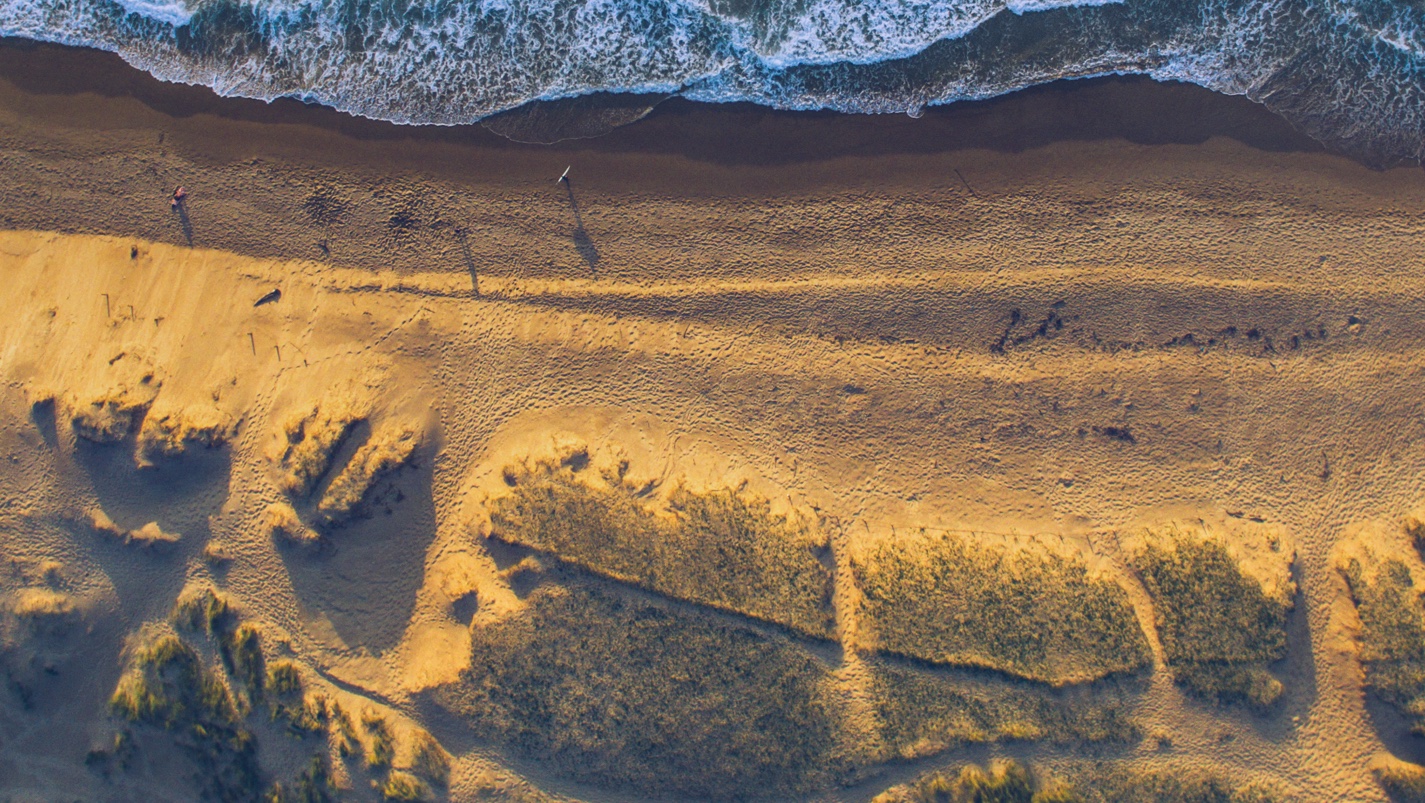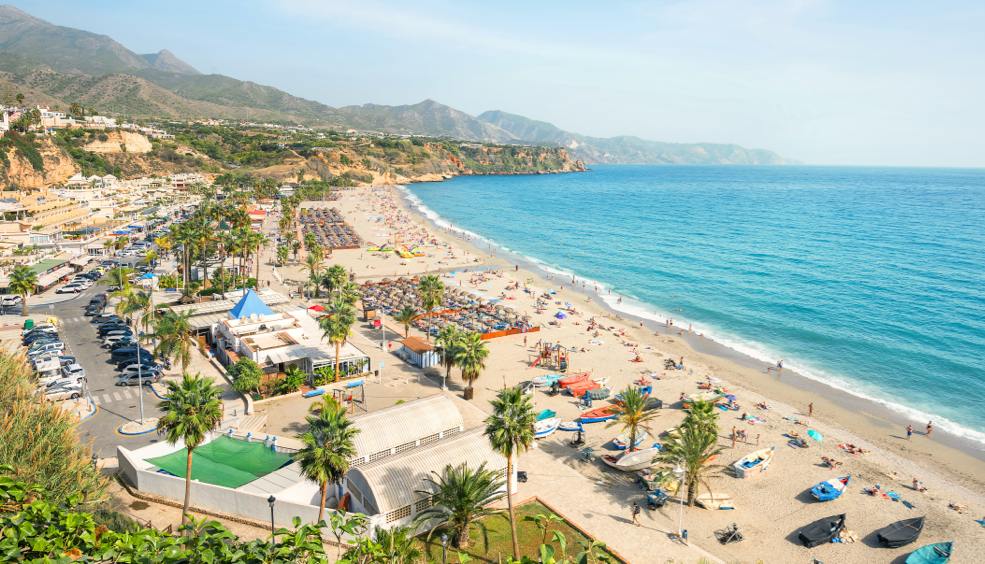Gran Canaria A Paradise of Contrast on Two Wheels
Gran Canaria has become the favourite destination among cyclists in the last few years owing to the good climate on the island and the challenging routes it offers. The island has hosted professionals of the calibre of Alberto Contador, entire pro cycling teams such as Tinkoff, world champion triathletes like Daniela Ryf and Stöckli’s Swiss mountain bike racer, Jolanda Neff. But, the fact that it’s teeming with pros does not mean they have exclusive rights to the land – amateurs can also delight in touring it on two wheels. Here is what is special about this island, and my recommendations.
Advantages of Gran Canaria as a Cycling Destination
- The mean annual temperature is 21°.
- Direct flights from most European airports.
- Good, tarred roads with little traffic, as well as cautious drivers accustomed to cyclists.
- The land elevation is almost 2,000 metres (1,949 m) in the Pico de las Nieves, considered to be one of Europe’s toughest mountain passes, together with Mortirolo, Angliru and Stelvio. However, here the advantage is that the temperature is much warmer than in Asturias or the Alps.
- Marked scenic contrasts, ranging from white sand dunes in Maspalomas to tropical parkland in the north of the island, to the oasis in the Fataga Gorge.
Practical Tips
Accommodation. If you’re seeking tranquility and vegetation, the best option is to stay in the north. A good spot is the Bandama Golf Resort, which forms part of the oldest golf course in Spain, located in the Bandama Caldera with its noticeable volcanic presence. Nearby you will come across the vineyards of the Bodegón Vandama, offering delicious dishes well worth trying. And, if you require other services, as well as sun and long afternoons, the Barceló Margaritas in Maspalomas is a good choice, with the broadest culinary variety to be had in the hotel itself. Remember that, if you want to pedal, you’re going to have to rest and eat properly.
Essential routes and sights. The number of places you visit will depend partly on the length of your stay. Detailed descriptions and route times can be sourced at the Strava cycling community. Following are the key points, and a rundown of what to expect in terms of your level, to help you plan your itinerary.
Pico de las Nieves. This is the highest point on the island, situated in its centre. On a clear day you can pick out Mt Teide on Tenerife and Roque Nublo from there. Different access routes are available. The toughest route – which I would not recommend, unless you’re a seasoned climber – is the Ingenio por Cazadores, which reaches gradients of 23%. Next comes the ascent from Ayacata, which you get to from Maspalomas, while the easiest route is on the north side, via Cueva Grande. You need to take the climb leisurely. Once at the top, apart from some fine views, there is a food station where you can refuel.
Tejeda. A mountain village with excellent gastronomic offerings. If you’re planning a route on a non-competitive day, this is an ideal spot for stopping to enjoy some traditional island cuisine.
Three Big Dams (Soria, Las Niñas, Chira). It is surprising to come across so much water on the south of the island. All the dams are connected by district roads with virtually no traffic. If you’re after peace and quiet, this is a great route.
Maspalomas Dunes. For those who have never seen sand dunes, this is a must-visit destination, featuring dunes worthy of the Sahara. My advice is to go there at dusk, when the light is at its best.
Fataga Gorge. It starts just past the Degollada de las Yeguas, and the scenery ranges from a desert landscape to a “valley of a thousand palm trees”. Those who have been to Morocco will feel like they’re still in the Draa Valley.
Artenara. Located in the Tamadaba Nature Reserve, the vegetation here is different from the rest of the island, the prevailing species being the indigenous Canary Island pine.
Puerto de Mogán and Güi-Güi Beach. Puerto de Mogán is near the great dams route, while Güi-Güi beach can be reached on foot and is well worth visiting.
If the weather is still bleak and cold where you live, don’t think twice – get away to Gran Canaria and discover the island on two wheels. Book your ticket at Vueling.
Text by Raúl Casañas
more infoAlmodóvars Madrid
What can we say about Pedro Almodóvar? Luis Buñuel notwithstanding, he is the internationally best known Spanish film director. His Oscar-award-studded, iconoclastic filmography includes both masterpieces and a large number of highly interesting movies. Like any creator worth his salt – and the Manchegan is one of these – Almodóvar has a pet city that features repeatedly in his films. We are referring to Madrid. In the late seventies he left his native Calzada de Calatrava and journeyed to the capital, Madrid, intent on making his name in cinema. It ended up becoming his favourite set. He has portrayed it in many different ways, revealing both its highlights and shadows, its well-known and its hidden facets. Almodóvar has explored virtually all the streets of his adopted city with a view to heightening the emotions and feelings of his main actors. His fiction breathes life into buildings, streets, establishments, airports, train stations and a long list of other settings.
The director of Volver turned the city into a film set, using to advantage real locations recognizable to his audience and turning some spots into must-visit centres of pilgrimage for his fans. Touring these precincts involves venturing into Almodóvar’s passionate, architectural world, by way of an alternative tourist guide to Madrid. We now retrace some of the most emblematic spots on a route which you can round off by viewing the films directed by the creator of Women on the Verge of a Nervous Breakdown and jotting down new sites in your Almodovarian logbook.
Chicote Museum and La Bobia
One of the two bars that appear in Almodóvar’s films is the Chicote Museum, a chic cocktail bar with an eventful history sited on Madrid’s iconic Gran Vía. It opened in 1930 and its premises have been graced by a considerable number of contemporary stars and Hollywood classics, too. Its interior features in one of the main scenes of Broken Embraces, starring Blanca Portillo. La Bobia is another legendary meeting point in Madrid. It is hard by El Rastro flea market and was once a hotspot of La Movida (The Madrilenian scene). It was actually during those heady times that Almodóvar decided to set the opening scene of Labyrinth of Passion in La Bobia. The movie’s cast was headed by Imanol Arias and Cecilia Roth.
Cuartel del Conde Duque
A must-visit venue to see the spot where one of the Manchegan filmmaker’s most famous scenes was shot – when Carmen Maura takes a night-time shower with a hose in one of his masterpieces, Law of Desire. The scene was filmed in the doorway of the Cuartel del Conde Duque, one of Madrid’s largest and oldest palaces (it was built in 1717), which also boasts a highly valuable cultural and historical endowment. What’s more, once you’ve taken the snapshot de rigueur to relive Almodóvar’s shot, you can go inside and visit it, as it has been turned into a cultural centre featuring various temporary exhibitions throughout the year.
The M-30 Apartment Blocks
Pedro Almodóvar did not restrict himself to capturing only Madrid’s well-known city centre – he also turned his gaze to the suburbs. He did so in one of his best movies, the iconic What Have I Done to Deserve This? in which a long-suffering Carmen Maura is going through hell. She plays a woman who lives in one of the apartment blocks lining the M-30 motorway, a working-class residential area in the district of Moratalaz.
The Segovia Viaduct
One of the natural settings Almodóvar has used most often, both at the beginning of his career and even today. It appears in both Matador and the very recent I'm So Excited. In the latter, Paz Vega stars in an amusing scene shot against this backdrop. The Segovia Viaduct is located in Calle Bailén, near the Royal Palace, and is one of Madrid’s best known bridges.
Be sure to tour these Almodovarian settings – book your Vueling to Madrid here.
Text by Xavi Sánchez for Los Viajes de ISABELYLUIS
more info10 PLACES TO GO WITH KIDS IN SPRING
A selection of family-friendly countries in Europe which are perfect for visiting with the kids this spring, by Mammaproof.
more infoNew routes from London to Spain with Vueling
Gatwick Airport now has direct flights to Malaga (Costa del Sol, Andalusia), Seville (Andalusia), Granada (Andalusia), Almería (Andalusia), Cádiz (Jerez, Andalusia), Menorca (Balearic Islands), Oviedo (Asturias) and A Coruña (Galicia).
more info




